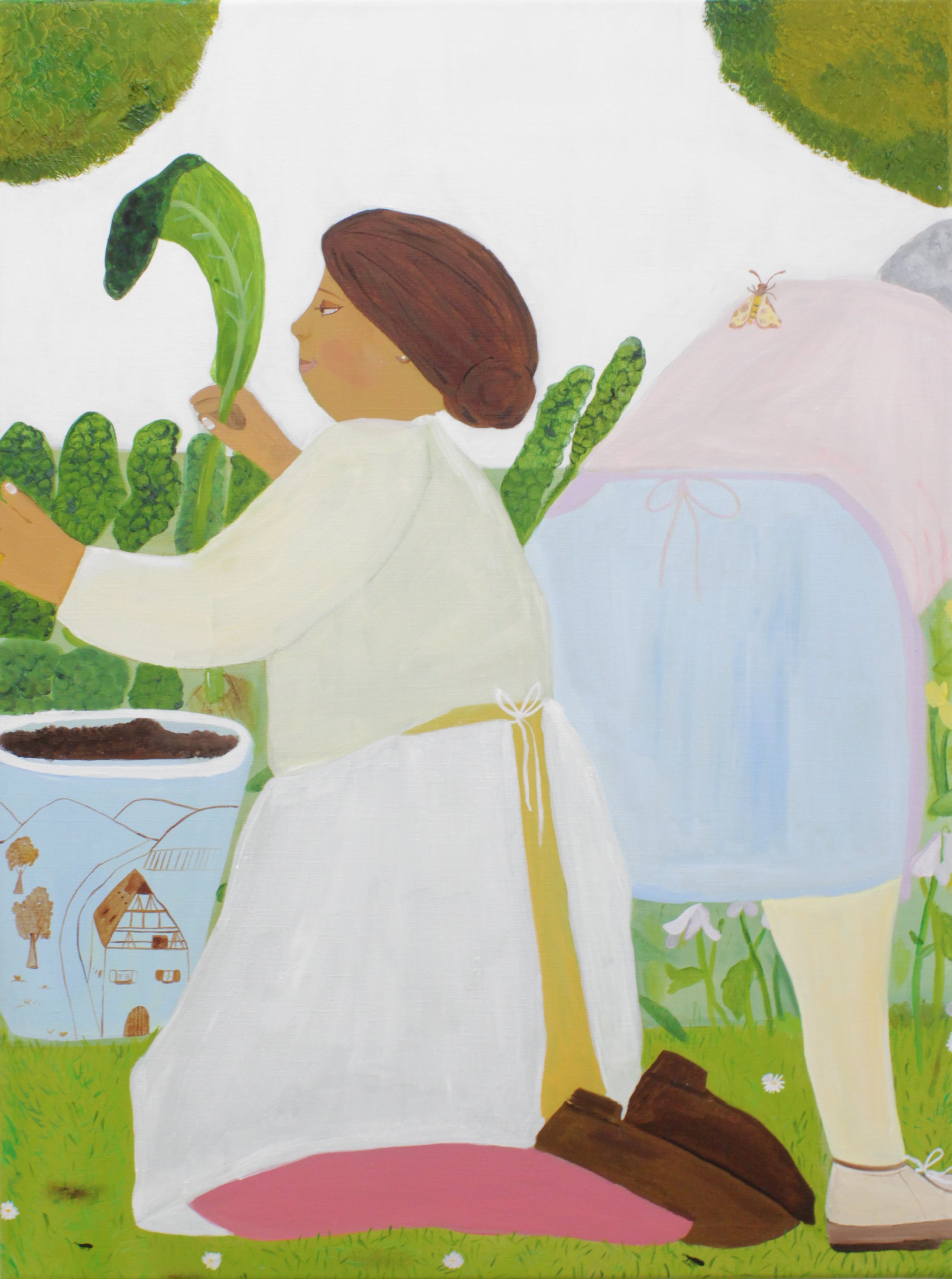In conversation with Johanna Tagada Hoffbeck
Johanna Tagada Hoffbeck in her studio. ©Nishant Shukla
As part of ‘New Nature’ exhibition currently on view at PATERSON ZEVI gallery in London, curated by Julia Tarasyuk and organized with IKEBANA projects, we met artist and ikebana practitioner Johanna Tagada Hoffbeck to discuss her commitment to nature and sustainability through her transdisciplinary artistic practice.
Johanna Tagada Hoffbeck (b.1990, Strasbourg, France) studied in Fine Arts and Textile Design at the Haute école des arts du Rhin, France. She is a founding member of Poetic Pastel Press and co-founder of the publication Journal du Thé - Contemporary Tea Culture with Tilmann S. Wendelstein, UK. Tagada Hoffbeck is an ikebana practitioner and has studied at Ohara School of Ikebana since 2018. She lives and works in rural Oxfordshire, UK, where she practices existing with nature through Deep Ecology, sustainable gardening, foraging and growing.
Her practice composed of painting, drawing, installation, textile, sculpture, film, photography and publishing often conceals ecological messages, rendered in soft and delicate methods. Often semi-autobiographical, Tagada Hoffbeck’s works offer an instinctive and personal approach to positivity rising from a close observation and interpretation of nature and inspiration from her daily life. Best described as serene and poetic, her often figurative scenes focus on interaction with the environment and others.
‘New Nature’, PATERSON ZEVI, London, on view until 15 July 2022. To book an appointment or for further information, please email info@patersonzevi.com
Your artistic practice is truly unique given how close you exist with nature not only in your work but also in everyday life. How do you introduce philosophies and movements like Deep Ecology and Ahimsa within your work and why is it important to you?
Deep Ecology is “an environmental philosophy that promotes the inherent worth of all living beings, regardless of their instrumental utility to human needs”; it stands in contrast to shallow ecology, which is overly present today. I value Deep Ecology; according to Arne Næss, it can continuously be revised and adapted to one’s place of living and time; it is a very living philosophy. For me practising Deep Ecology means having a complete and committed plant-based diet for several years now, mainly eating local food, and I have the privilege to grow some of it from organic seeds. The energy from such a lifestyle and food provides me with the positive energy to carry on my work and aims.
Ahimsa is translated from Sanskrit as “absence of injury” or ”non-violence” it is a way to turn toward all living beings. It also informs how one is addressed in speech; it encourages compassion and respect. While I was aware of this path, meeting my husband, British Indian Sikh artist Jatinder Singh Durhailay, nurtured my curiosity and desire to practice Ahimsa.
There is always room for improvement, and fun and joy are essential. Deep Ecology and Ahimsa continuously encourage, challenge, and shape how I live and conduct myself. For example, I explore paper making from waste, using second-hand material, employing vegan art materials, do not use single usage plastic for my publications etc. It is an ongoing journey.
Johanna Tagada Hoffbeck cultivating turnips and radishes
Johanna Tagada Hoffbeck, Gently The Formative Years, Oil on linen canvas, 2022. ©Will Amlot
I garden quasi-daily, based in rural Oxfordshire, where I am the happy holder of two allotment plants. Gardening is very similar to painting, except there is no end to the garden, it is ever-changing, and unlike painting, it is a work in process that is for all to see.
Both gardening and painting contain an abundance of vitality. It is a sort of ecosystem of its own. There is love, a sense of touch and movement, a demand for decision-making, and both swift and slow action in gardening and painting. It is sometimes complex and challenging, too, turning both practices into a setting to learn resilience. While these are 'activities,' I find that both bring about safe space and a feeling of oneness when performed holistically. Unlike my painted pictures, which reach an end and may only change slowly with age, a garden is constantly in motion.
Materials in my garden or from the gardens of others may find their way into my practice, gardening scenes may be depicted in my painterly works, and likewise, being a painter nurtures my approach to gardening.
Johanna Tagada Hoffbeck in her studio. ©Sach Dhanjal, 2019
Figurative elements are often present in your paintings. Are they referencing your own journey as a grower, planter and forager?
The paintings depict my personal experience, friends, insects, family, and other things I have seen in old horticultural books, for example. Some of the scenes are also imaged through pieces of reality.
Painting is just one of the directions of your transdisciplinary practice. You’re also a founder of some amazing projects including the Gardening Drawing Club, Poetic Pastel and Journal du Thé. What is at the core of all these initiatives?
Thank you.
Painting is a chore of my practice; it influences all other projects and mediums, as well as how I approach them. I like to say that I write, photograph, and garden like a painter.
The essence of all these projects I founded or co-founded is a deep-rooted wish to share, transmit joy and encourage peace.
Journal du Thé - Contemporary Tea Culture is a printed publication series I co-founded with my dear friend, the German art director and graphic designer T. S. Wendelstein. We have released three chapters since 2018 and are working on the fourth one. While the history of tea is far from a peaceful picture, I believe that a shared cup of tea (regardless of its grade or how fine the tea vessels) can provide a place where one may reflect and converse sincerely.
Poetic Pastel, which includes Poetic Pastel Press, is a positive and independent collaborative cultural initiative informed by Deep Ecology, which manifests through projects including art exhibitions, plant-based food gathering, gardening, musical performances and textiles, amongst others. The project has had nearly 400 participating cultural practitioners since its founding in 2014.
The Gardening Drawing Club embodies the values of Poetic Pastel and is its most recent project. It provides moments with free art and horticulture access to children and adults in Britain. It is a chance for people of various backgrounds to meet at an intergenerational gathering. It also provides some restorative, fun and educational time. The project began this April with some of our first free workshops at Camden Art Centre. A little over 300 people of various ages have taken part in The Gardening Drawing Club, and events took place in the community centre of a Gurdwara (Sikh Temple), a church’s garden and a plant nursery. What people create and how they interact with one another and the plants inspires me for a new body of paintings. And it also made me realise the extent to which I love transmitting, sharing, learning and playing. I look forward to continuing these projects.
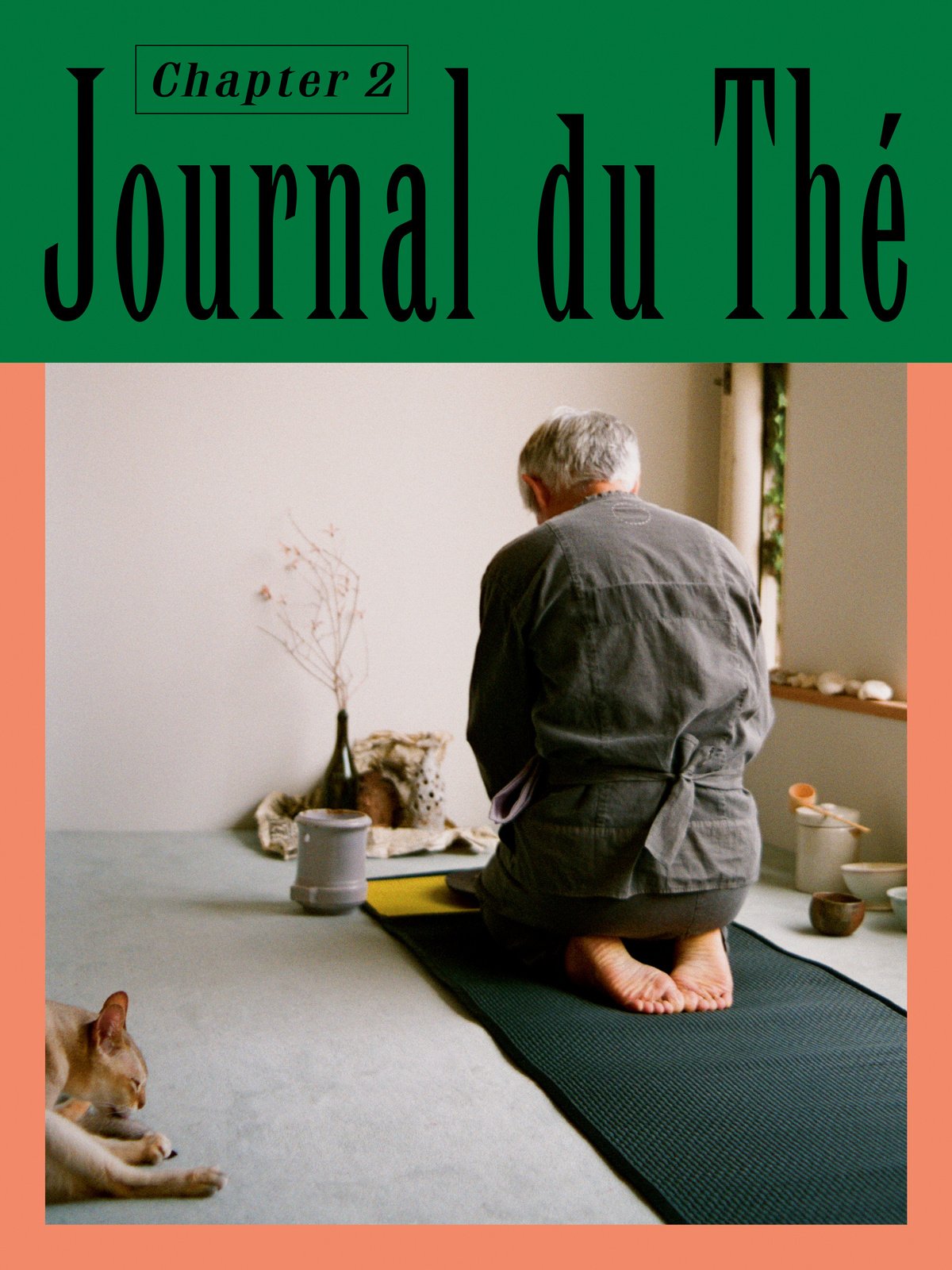

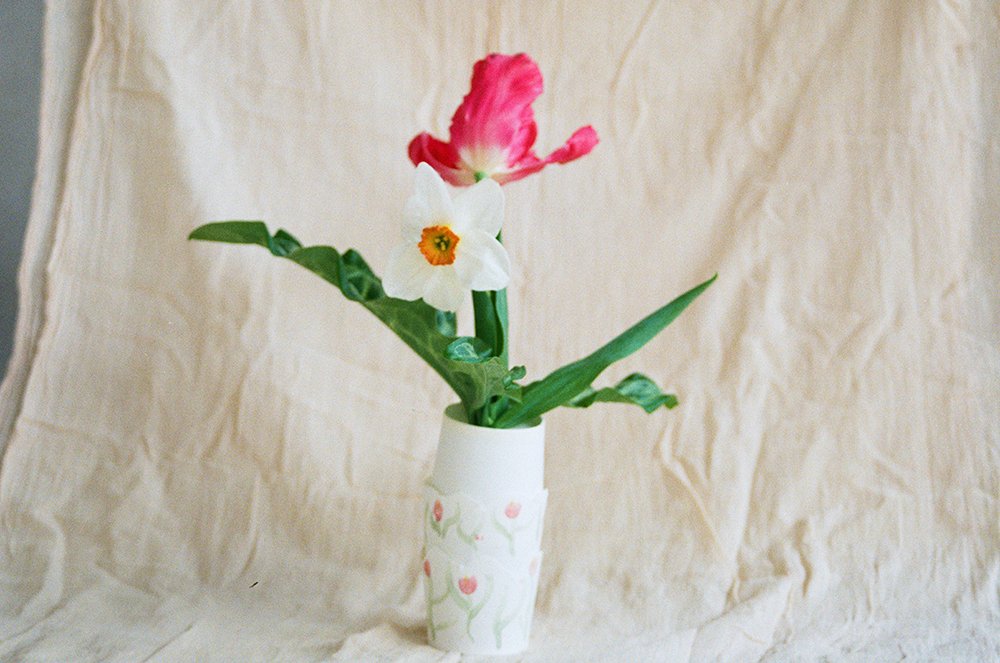
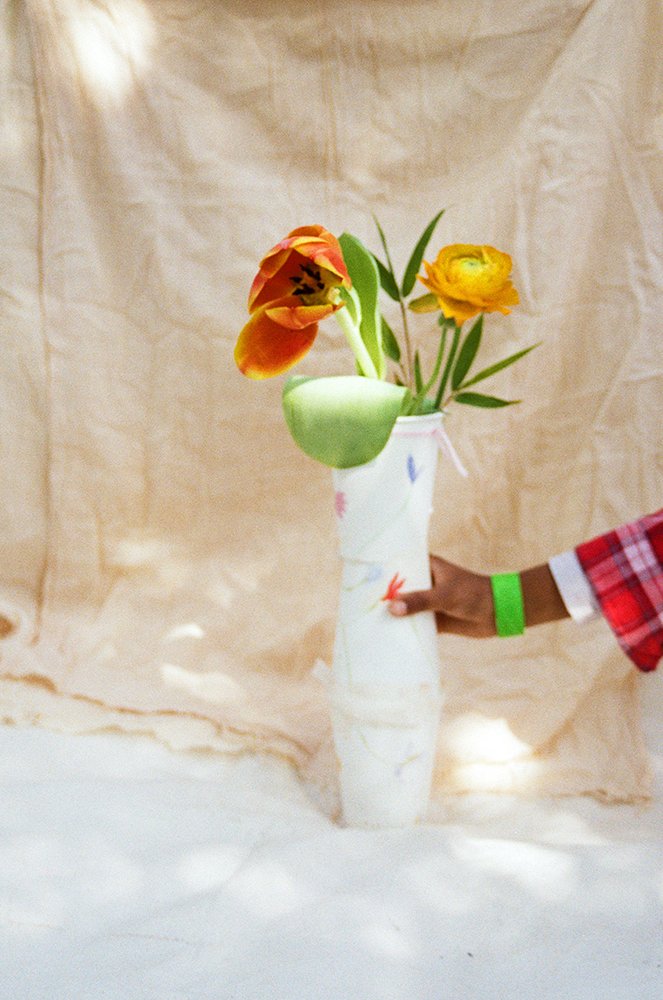
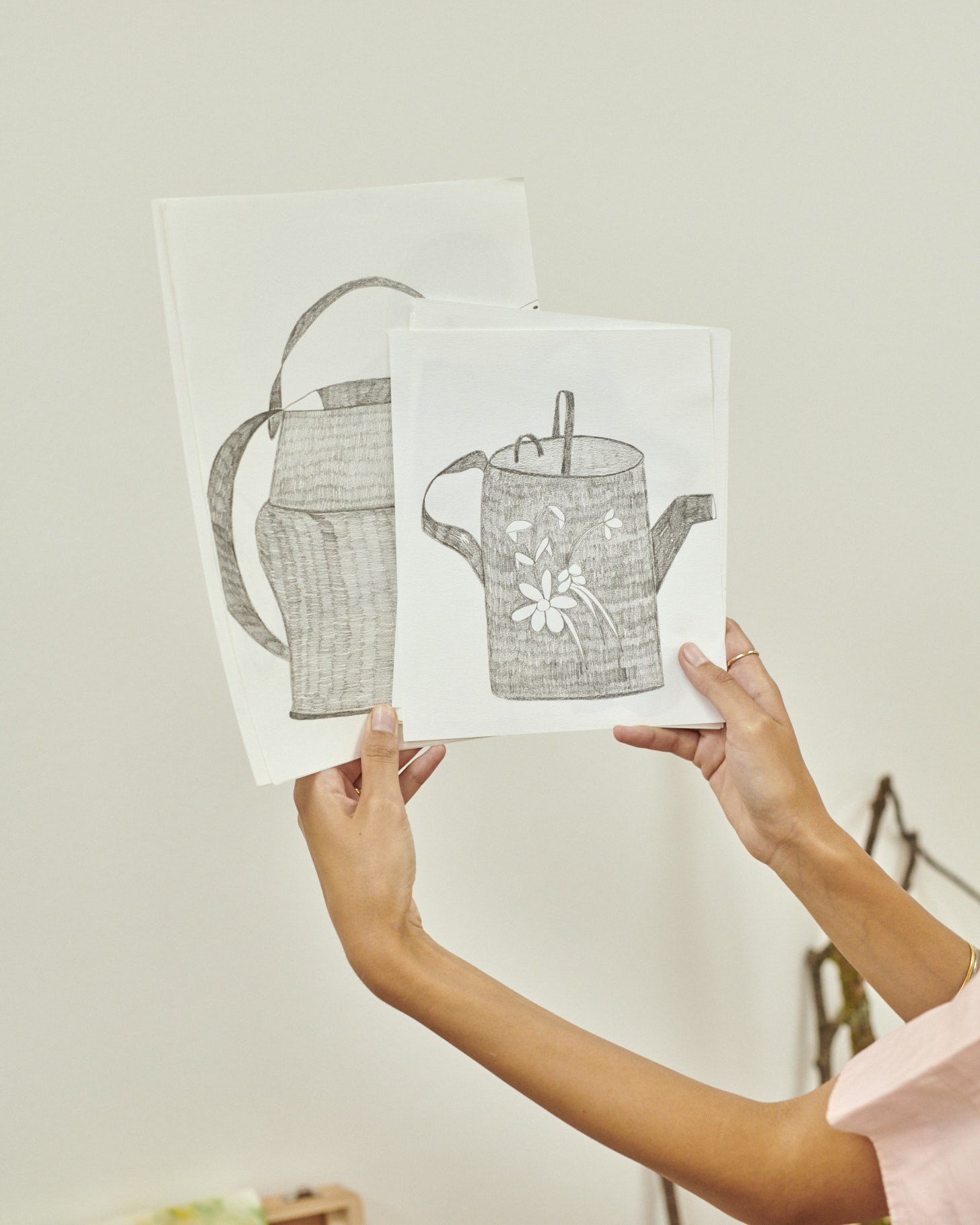
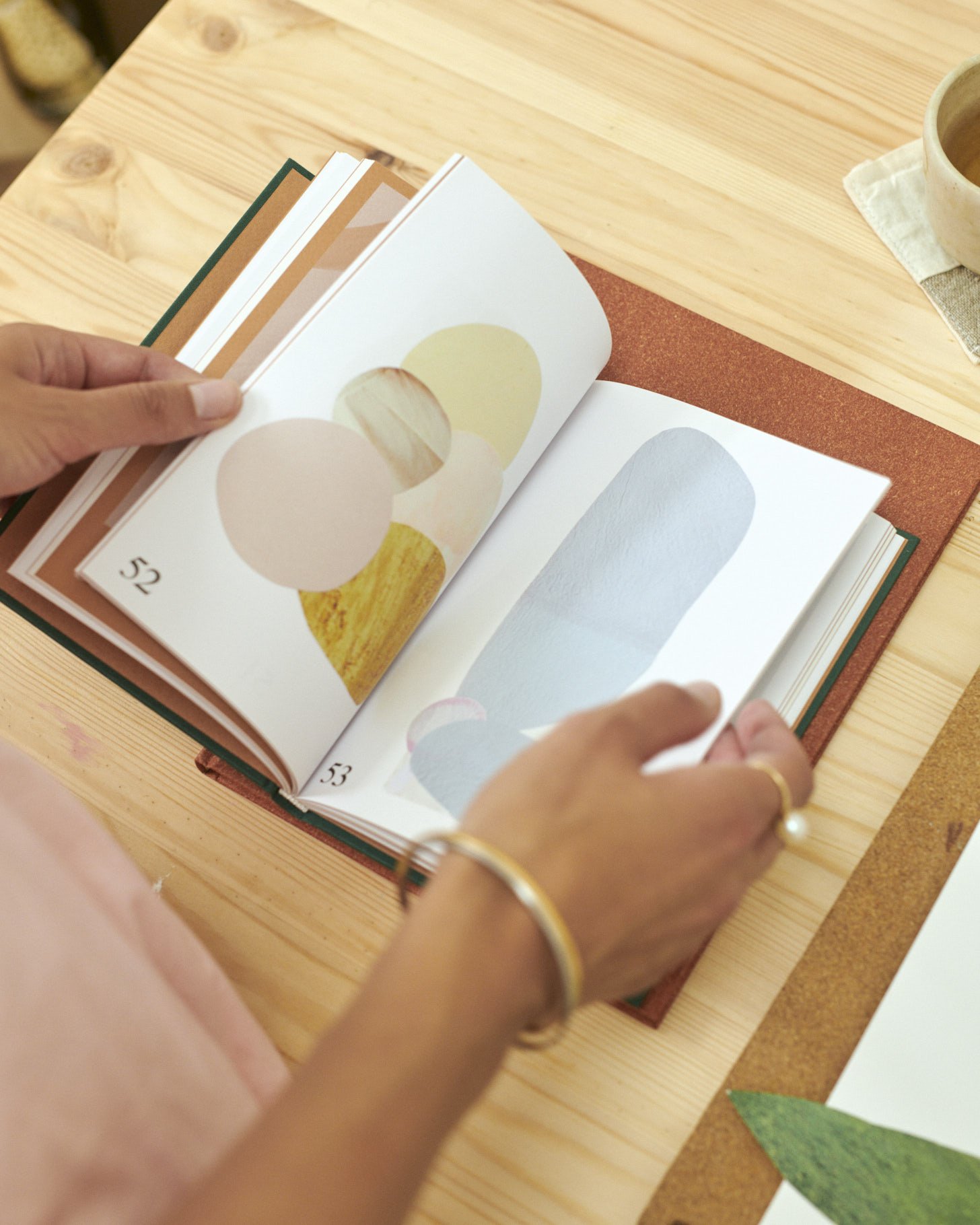
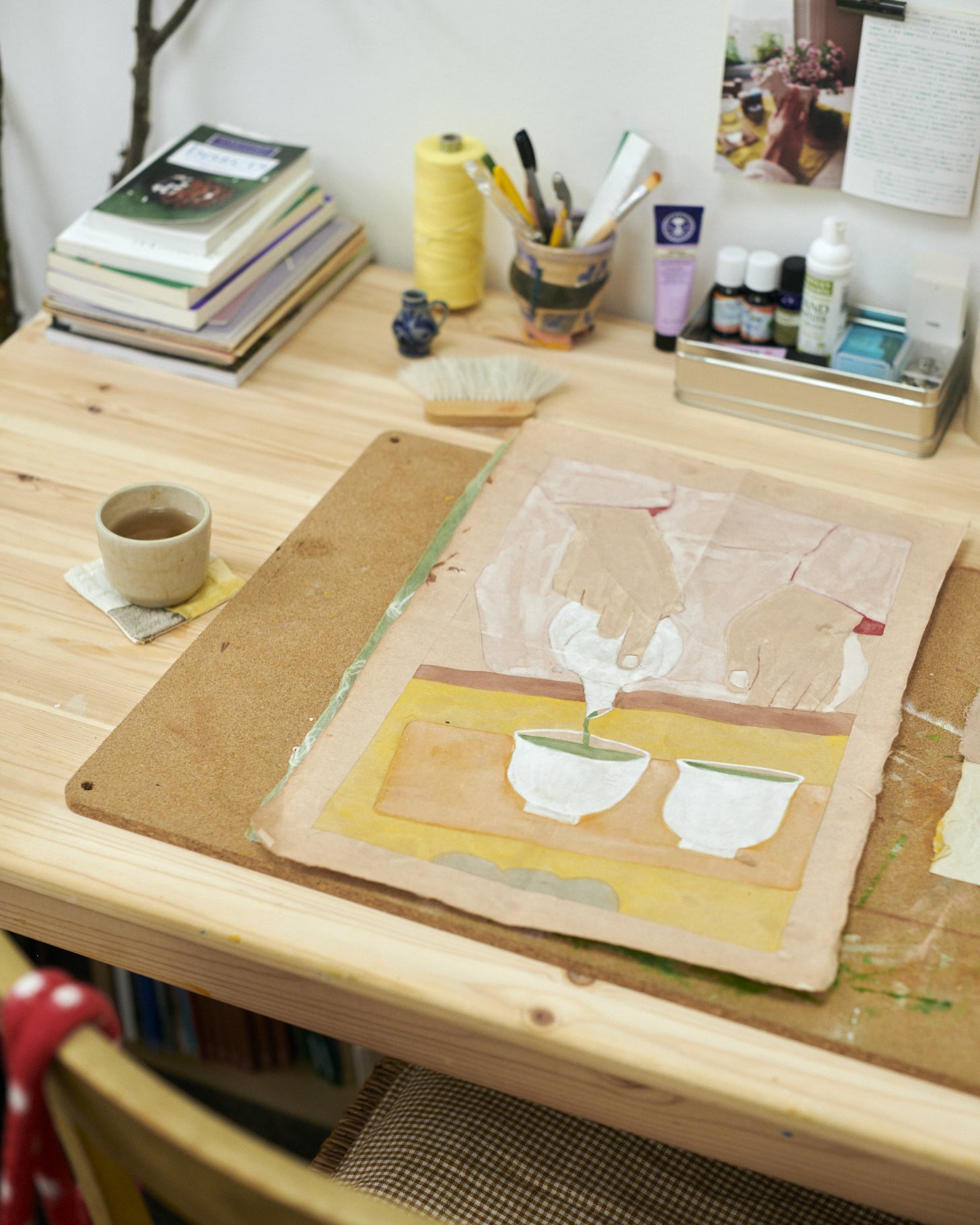
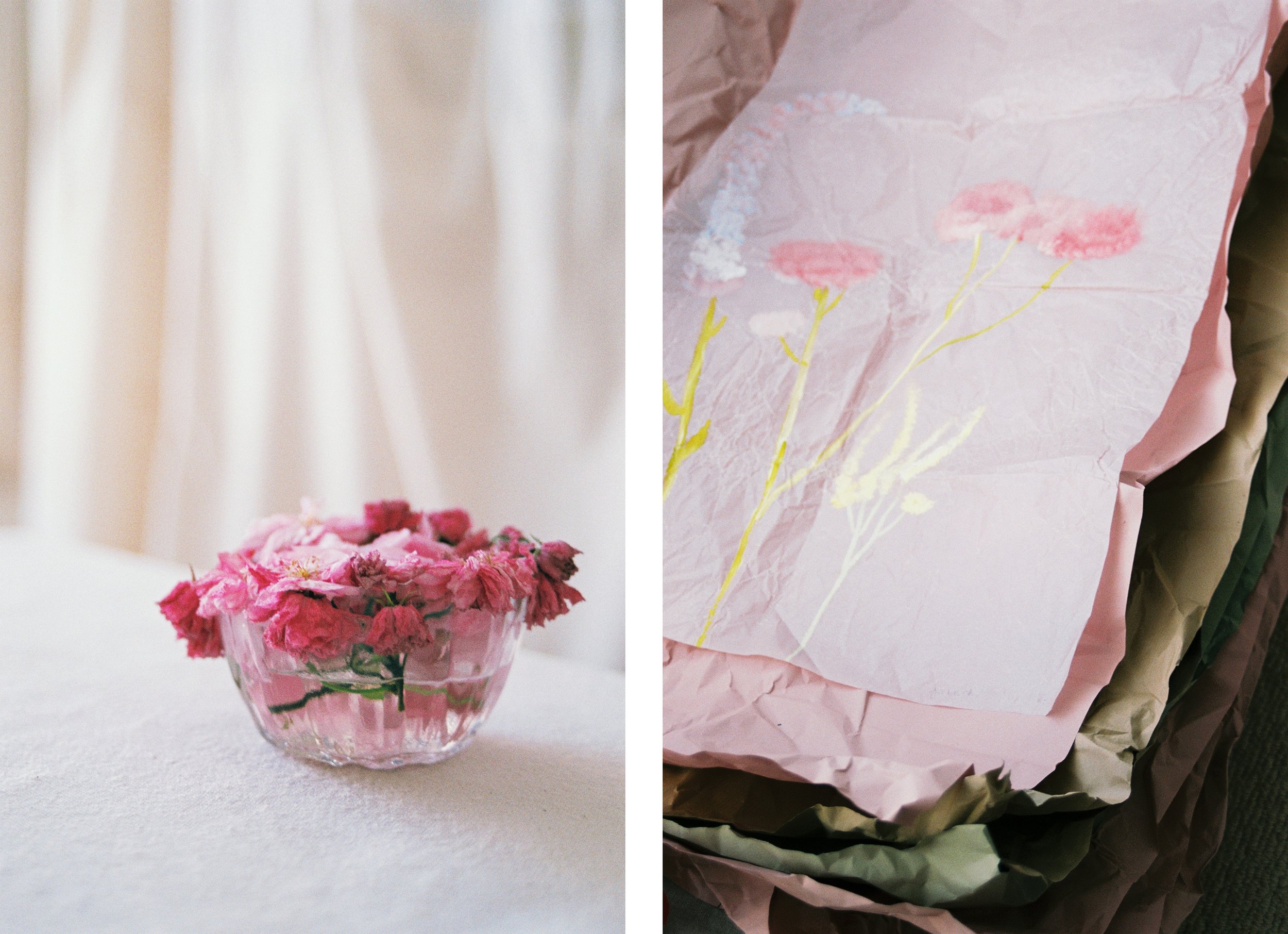
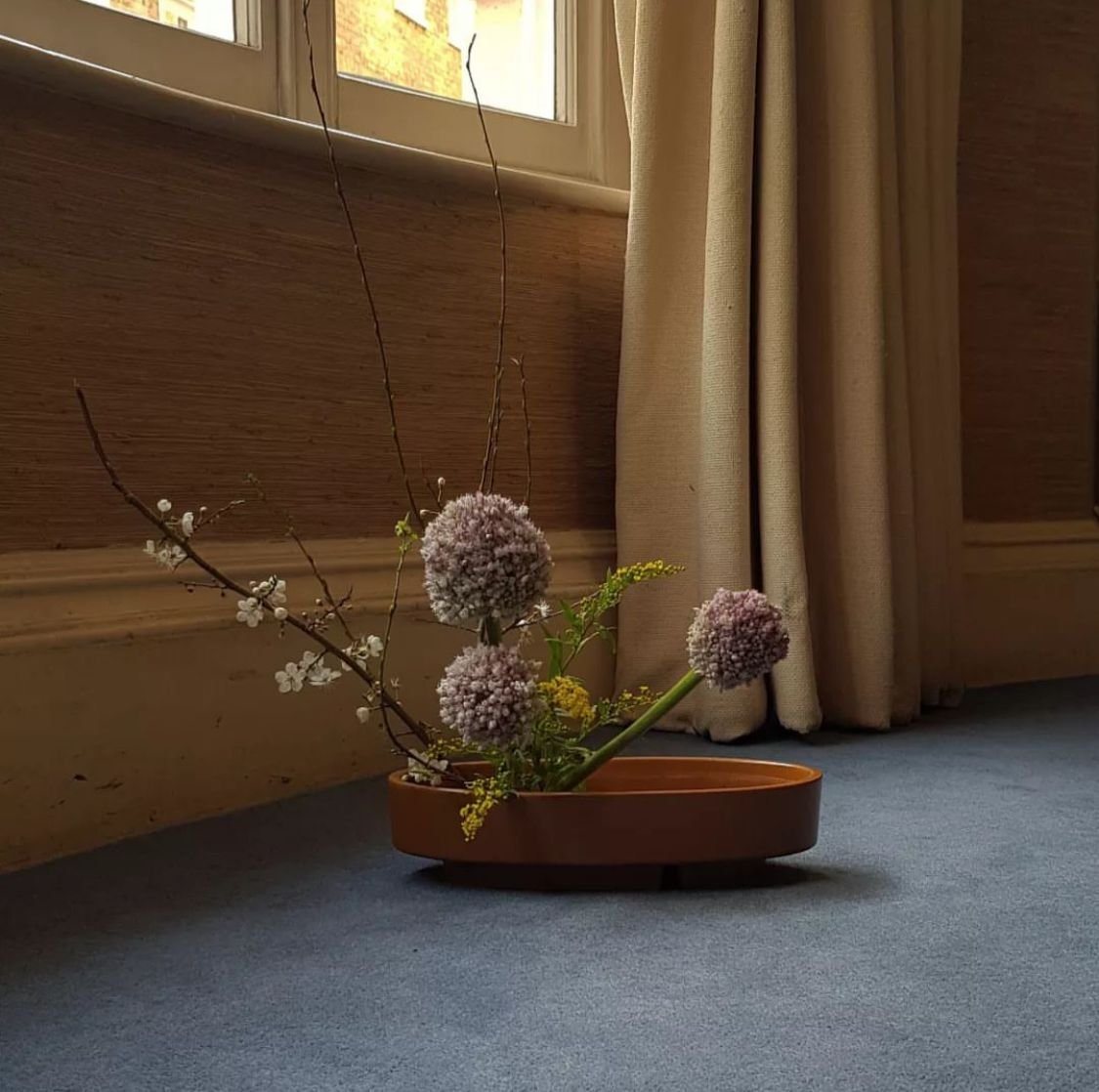
You had a number of solo and group presentations in Japan, a country which seems to have influenced your practice a lot. What do you most admire about Japanese culture?
Yes, I have the great joy of having several trusted and enjoyable ongoing collaborations in Japan. I hold these relations and collaborations, dear. My first solo exhibition took place in Japan, in Tokyo, in 2014! So, it will always remain special, the country that first responded to my practice and offered me a chance.
I think it is important to remember that, as for all cultures, Japanese culture is plural. What I admire and enjoy the most in Japan is the appreciation of craft; like in India, another country I love visiting, crafts are alive, and there is a tendency for people to appreciate the works of artists who create their own work with they very own hand. I highlight this as it isn't uncommon for contemporary artists to have their work produced by their assistants or abroad. I also enjoy the sense of care, politeness, and respect that is generally instilled in Japan. During five visits to Japan, I have never witnessed someone throwing some rubbish on the street, for example, something far more common in the UK and Europe, I would say.
How did you first encounter Ikebana and why did you decide to become a practitioner of this art form?
My first encounter might have been through some book as an art student in the late 2000s. Yet my first memorable encounter came much later; I went to an Ikebana demonstration in London by the Ohara School. Soon after, in 2018, I decided to join as a student, as I realised that this would not only be something I would enjoy but also help me become a better painter through composition, breathing spaces and training my eye.
Through the years, I have also slowly started growing flowers with the idea of employing them for Ikebana practice. It is also an ideal way to keep learning the name of plants, and they favour growing conditions. I am still at the very early stage, and this is the being of a life-long journey.
What ideas behind Ikebana philosophy you find most inspiring for your work. Did some of them find reflection in your paintings for the ‘New Nature’ exhibition at PATERSON ZEVI?
I appreciate the devotional aspect that infused the early history of Ikebana and the attention that is demanded to create an arrangement. I also love that it is seasonal materials that are encouraged and that plants which are not in their highest shape or form might be employed. Ikebana may celebrate all moments of life, from the first bud to a decaying leaf. In the paintings presented at New Nature, a person is growing plants and imagining what they may do with them, while another focuses on an arrangement, her hands gently tangled within a plant, as an embrace or a dance.
These works are on view at PATERSON ZEVI as part pf New Nature exhibition (10 June -15 July). ©Will Amlot






